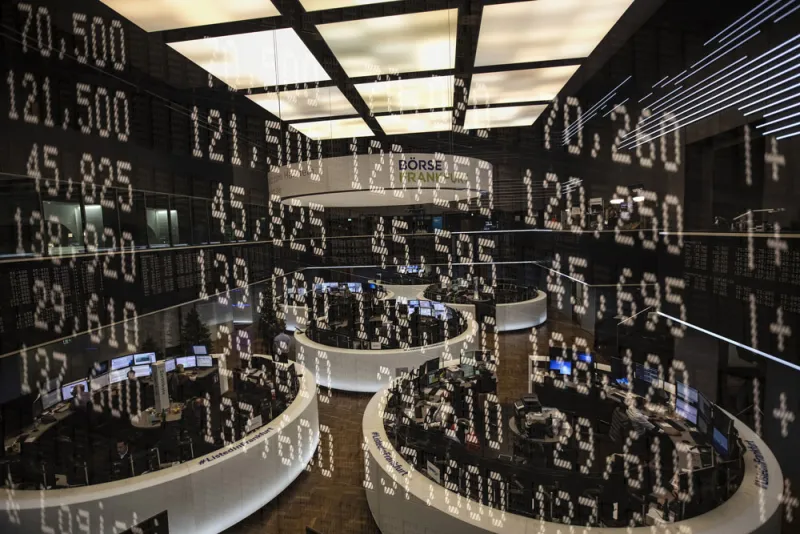Investors have poured trillions of dollars into passively managed funds — and it’s impacting the stability of the financial system, according to a group of five Federal Reserve researchers.
“The shift from active to passive investment strategies has profoundly affected the asset management industry in the past couple of decades, and the ongoing nature of the shift suggests that its effects will continue to ripple through the financial system for years to come,” the quintet wrote in a new paper, “The Shift from Active to Passive Investing: Potential Risks to Financial Stability?” The paper was authored by Kenechukwu Anadu of the Federal Reserve Bank of Boston alongside Federal Reserve System governors Mathias Kruttli, Patrick McCabe, Emilio Osambela, and Chaehee Shin.
Specifically, they found that increasing levels of investment in passive products has affected risk in financial markets, amplifying some risks while reducing others. Particularly of concern to the Fed researchers were the repercussions for financial stability, which they define as “the ability of the financial system to consistently supply the financial intermediation needed to keep the real economy on its growth trajectory.”
“We find that the active-to-passive shift is affecting the composition of financial stability risks,” they wrote. “Even as the shift is increasing some risks, it appears to be mitigating others.”
[II Deep Dive: History Made: U.S. Passive AUM Matches Active For First Time]
Market volatility, for one, appears to be heightened. As the authors explained, some passive strategies, such as leveraged and inverse exchange-traded products, require portfolio managers to trade in the same direction that the market moves — “even in the absence of investor flows.” They point to evidence that leveraged ETFs “likely contributed to stock market volatility during the financial crisis.”
“That said, these products currently are only a tiny fraction of the ETP [exchange-traded product] sector and a very small share of aggregate passive fund AUM,” the authors noted.
A potentially “destabilizing” risk resulting from the increase in passive investment is the accompanying increase in concentration within the asset management industry.
“It may not be surprising that in the past couple of decades, some asset managers have grown very large in terms of both passive fund AUM and overall market shares,” the authors wrote. Vanguard, for instance, made up 10 percent of all mutual funds and ETFs in December 1999. As of the end of last year, Vanguard accounted for nearly a quarter of the entire market.
“A financial stability concern related to increased concentration in the passive fund management industry — and the emergence of some very large asset-management firms — arises from the possibility that a significant idiosyncratic event at a very large firm could lead to sudden massive redemptions from that firm’s fund and thus potentially from the asset management industry as a whole,” the authors wrote, pointing to a cybersecurity breach as one possible trigger. “As such, the continued growth of very large asset management firms raises concerns about the repercussions of serious problems at those firms for financial stability.”
Still, the Fed researchers identified at least one positive effect of the shift to passive: It has decreased the risks around liquidity and redemptions. In part, this is due to the growing popularity of ETFs, given that ETF redemptions tend to involve in-kind exchanges of shares for the “baskets” of securities that make up the fund, rather than cash.
The authors also offered evidence that performance-related redemption risks were lower for passive mutual funds than actively managed funds, and noted that passive funds are less likely to hold highly illiquid assets.
Finally, the authors suggested that the growth of passive funds may be amplifying index-inclusion effects, such as increased correlations in returns and liquidity among stocks included in indexes, though they noted that “the evidence is mixed on trends in co-movement and their link to the growing popularity of index investing.”
“If index-inclusion effects (particularly price distortions) do become more significant over time, they may slow the shift to passive investing by increasing the profitability of active investing strategies that exploit these distortions,” the authors concluded.





